Platinum founder Kerr Neilson says there’s no coming back from US-China trade conflict
One of Australia’s best-known investors says there will be no return to normality after Donald Trump upended markets with his trade war.
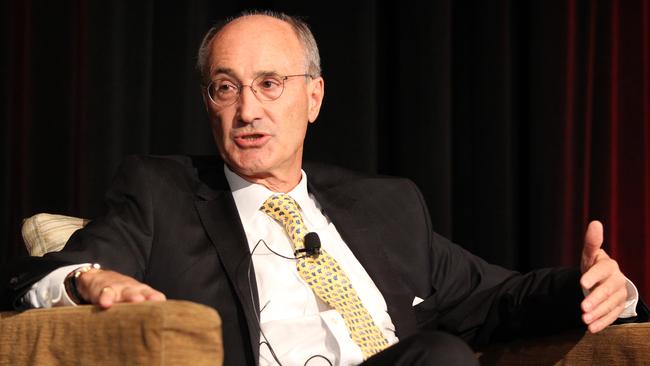
Billionaire stock picker Kerr Neilson said “mistrust has been sown” in the market after the tit-for-tat trade conflict started by US President Donald Trump, making it difficult to return to any sense of normality as long as the US and China are at odds.
“If I’m correct there will be a repricing of risk in general,” he said. “There are huge imbalances.
“One country is throwing up trillions of surpluses and another is in trillions of deficits and they don’t know how to close that.
“So the world has an aggregate demand problem.
“So the returns on capital go down and with the uncertainty the required return on investment goes up.
“And how do we get the game started again when we break confidence?
“You probably have to start printing (money) again, which means you force people into bad decisions yet again.”
The veteran investor said Mr Trump’s move marked a fundamental shift in the market.
“By doing all this we have suddenly changed the return on a lot of assets,” he said.
“So we’ve screwed up on two fronts: we’ve damaged the returns in all likelihood and we weren’t asking for enough for that risk we were taking as investors.
“The real problem is you’ll get some concessions from some countries where they’ll make it look easier for him to come back to a much lower tariff basis because I don’t think he could lose so much face that he’ll cut all tariffs.
“So we come back to a balancing – but the damage has already been done. Mistrust has been sown.”
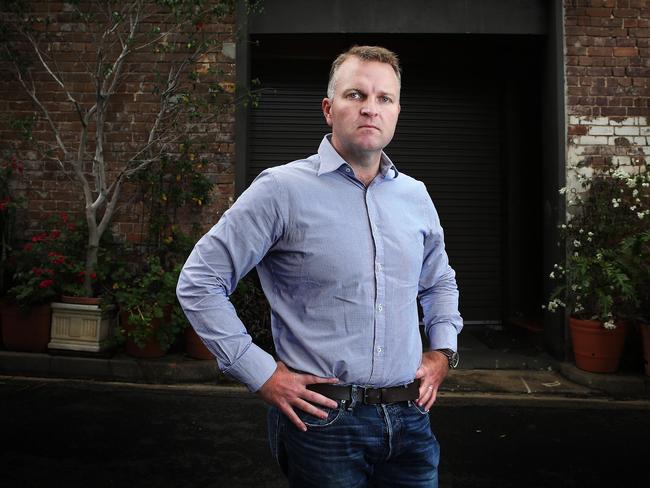
Australian fund manager Tribeca said Monday’s market plunge was a “defcon” bombshell for major mining and energy stocks, but argued investors able to withstand the volatility should be buying. “Some of the moves are financial crisis-like,” Tribeca’s Ben Cleary said.
Tribeca told its clients “outsized returns” could be made from market pullbacks even as investors digest falls of more than 10 per cent in oil and copper prices.
The “market collapses of 2008 and 2020 were, respectively, driven by structural financial system risk and a sudden and complete shutdown of the global economy. We have neither of those backdrops today, and yet markets are reacting as if we do,” Tribeca said in a note to clients.
“While we don’t know when the market will turn this time around, it is clear that mining stocks get hit hard when economic growth concerns permeate the market, but the bounce in mining stocks also tends to be larger than the rest of the market.”
Sydney stockbroker Angus Aitken said investors made the most money when sentiment was poor, and directed clients to companies with a strong focus on capital allocation.
“The bottom of Covid was every investment bank arranging calls with Covid experts,” the Aitken Mount Capital Partners founder said.
“If you ignored them all and just bought good companies you tripled your money.
“It is hard to believe how many people now talk as if they are global tariff experts.”
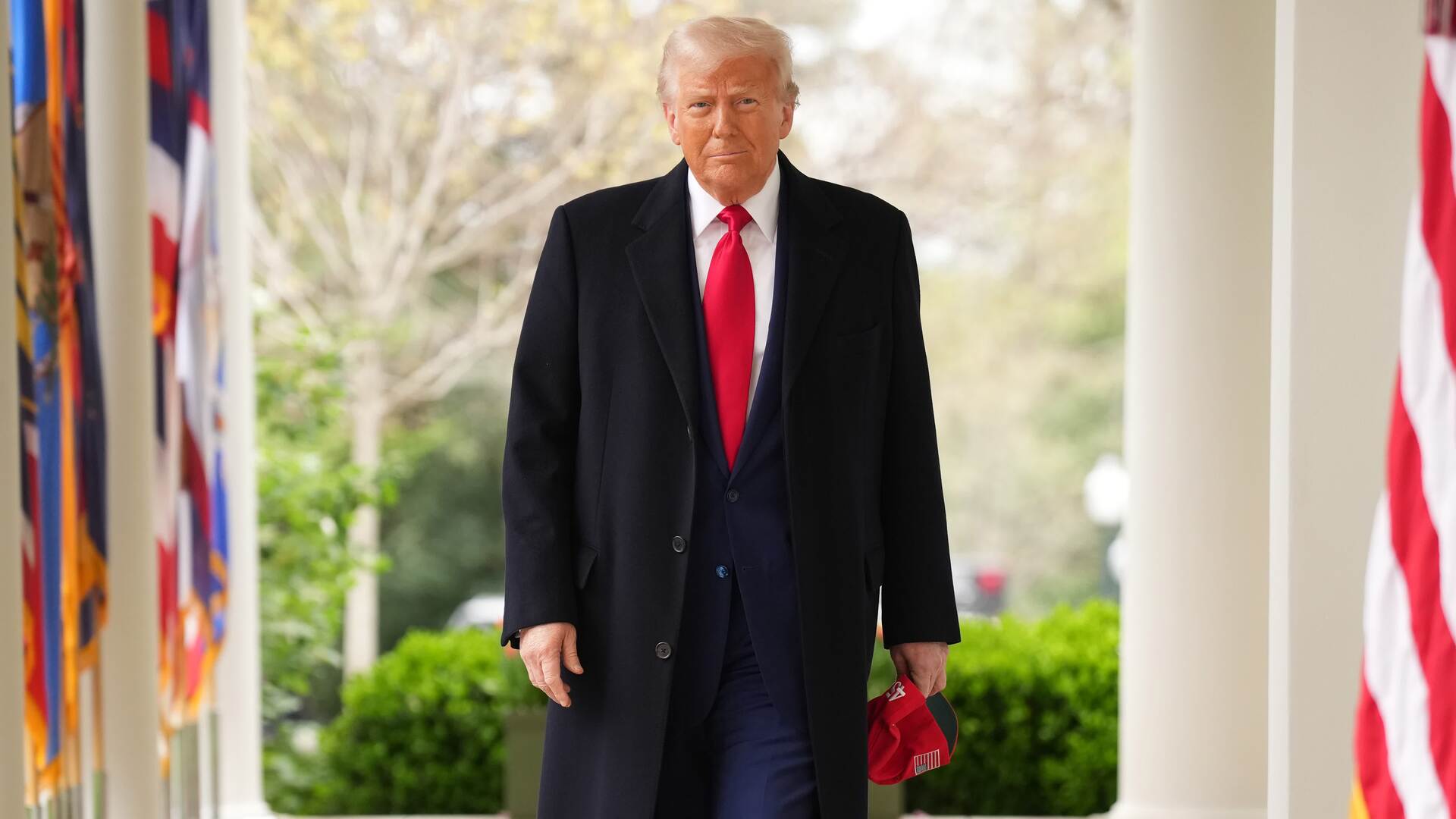
Tribeca noted the health of the resources sector was dramatically different to previous downturns: “Balance sheets are in rude health, with companies buying back their stock and/or paying consistent dividends,” the fund manager said.
“Yes, it feels especially dark out there, and the geopolitical landscape is likely to remain unpredictable at best, but we suspect deals will get done and the current price action will not last.”
Traders said they were shocked by the speed and depth of the market crash with the $US5 trillion ($8.3 trillion) wipeout in the S&P 500 taking just two days.
With futures on the S&P 500 and tech-heavy Nasdaq pointing to a 3-4 per cent fall once trading opens on Monday US time, the two-day sharemarket bloodbath was as extreme as it gets, according to Japanese bank Mizuho.
It listed the largest “destructions” of equity capital in recent times and noted the 2022 Ukraine war and knock on hyper-inflation took 11 months to torch $US10 trillion, roughly double last week’s two-day plunge. Even the Covid pandemic took a month to cut $US9 trillion of market value from the S&P 500. Further back, the global financial crisis in 2008 wiped $US8 trillion over the course of a year, while the tech bubble burst from 2001-03 saw $US4 trillion gone over a two-year period.




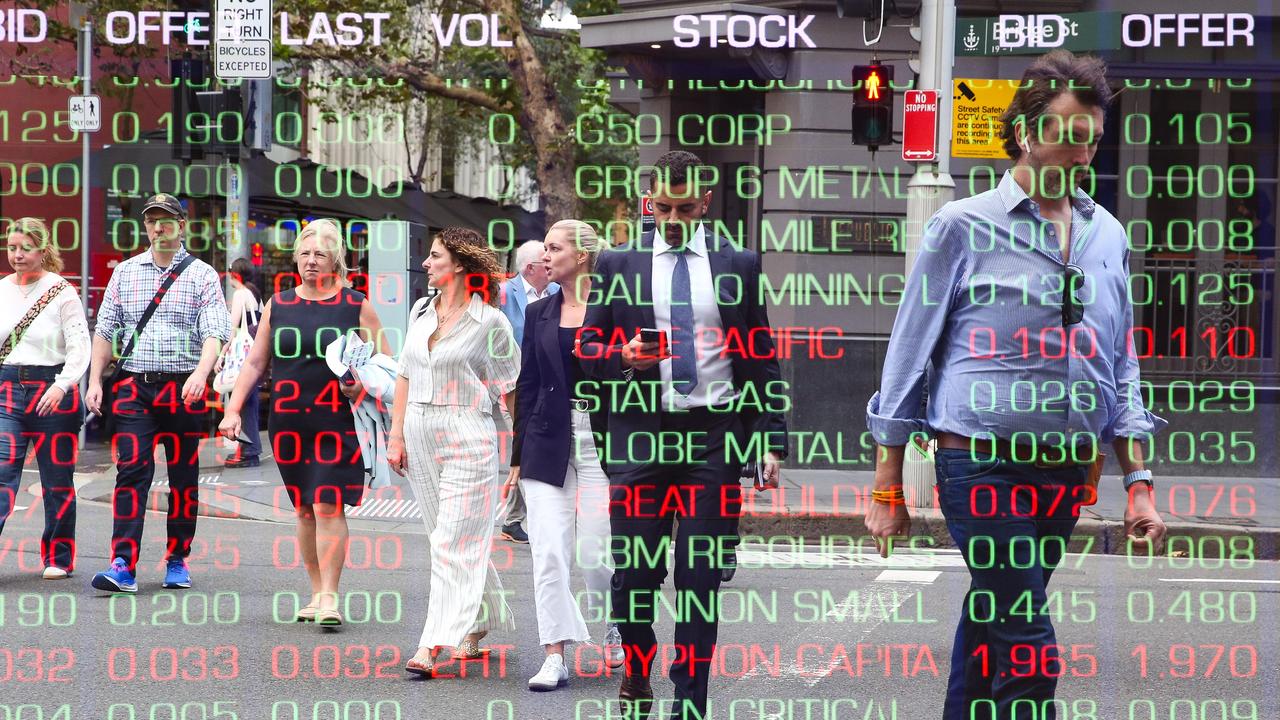
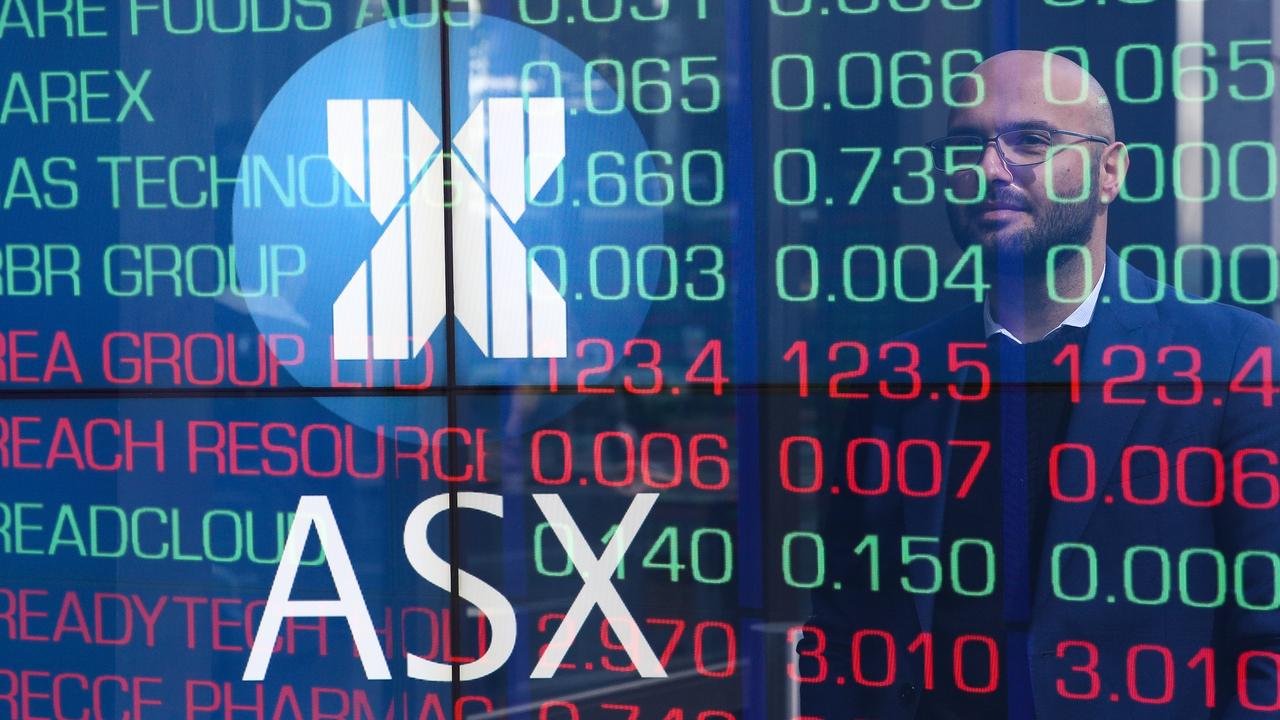
To join the conversation, please log in. Don't have an account? Register
Join the conversation, you are commenting as Logout